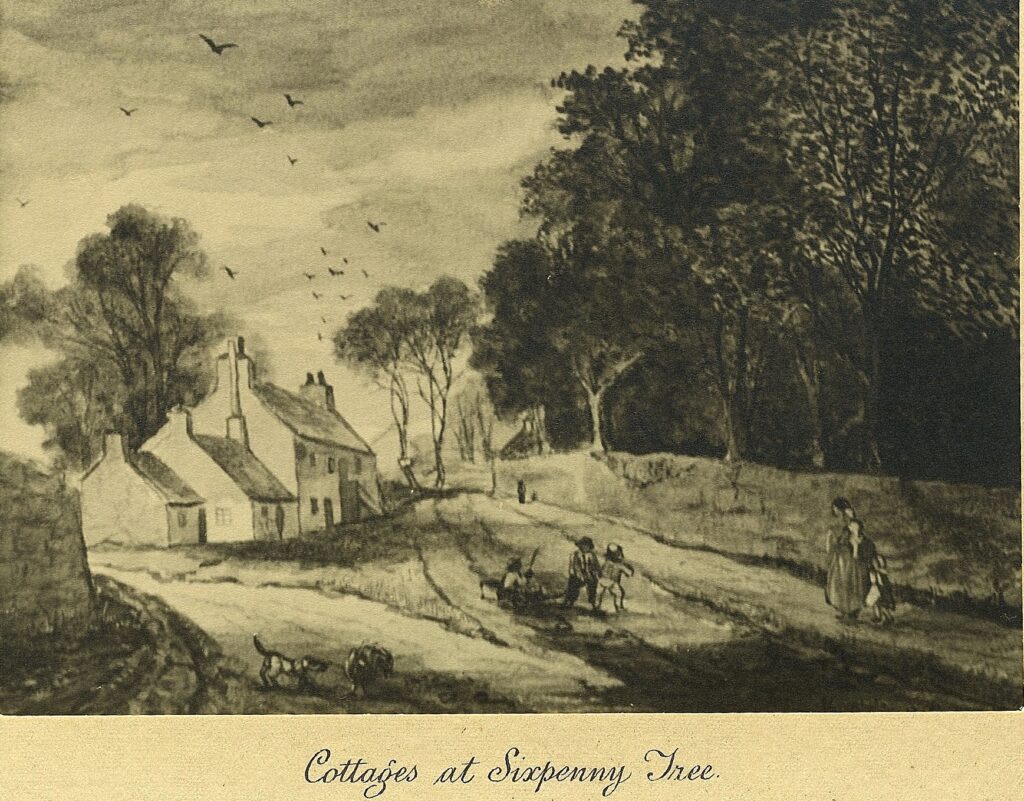Whilst still dominantly agricultural, Colinton saw increasing industrial activity during this period, becoming one of the most economically productive parts of the country.
Manufacturing growth primarily stemmed from mills on the Water of Leith. A survey in the late 18th century recorded 71 mills along the river near Colinton, producing flour, corn, barley, snuff, and paper.
A distillery, skinnery, and factories of lint, tobacco, magnesia, waulked cloth and flax existed in the economy and facilitated the rebuilding and expansion of the church. By the 1830s the mill economy was declining with steam power replacing water power and manufacturing tending to be centered at other locations outside the area. However, many mills still operated on the Water of Leith, some grinding grain, several making paper, (probably Bank of Scotland’s first banknotes were printed on Colinton manufactured paper) and at least one producing snuff.

